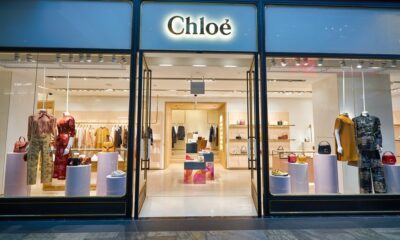Fashion
Luxury brand Hermès reopens flagship store in Seoul’s Gangnam district
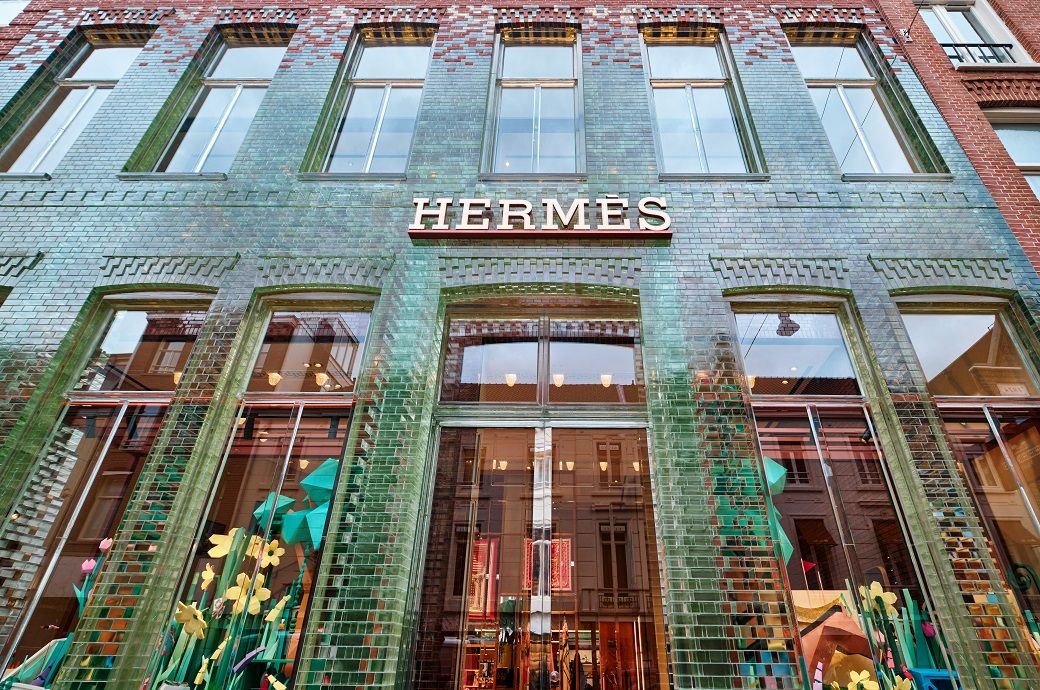
On 21st August 2025, Hermès is delighted to announce the opening of its newly expanded and relocated store within the Galleria department store in Seoul’s renowned Apgujeong Rodeo area of Gangnam district. As of now, located in the West hall, the bright and harmonious space offers a radiant new setting for the house’s sixteen métiers, celebrating craftsmanship while reaffirming Hermès’ local commitment.
The new store is wrapped in a striped trompe l’oeil of anodised metal inspired by the country’s vivid Dancheong decorative tradition and its contemporary aesthetic. The dynamic façade flows like a rhythmic audio file, drawing visitors into a lively environment influenced by the vibrant, high-energy local pop world, using playful pastels, bold neon, and striking contrasts.
Hermès has reopened its expanded store in Seoul’s Apgujeong Rodeo, Gangnam, on August 21, 2025.
Designed by RDAI, the space celebrates 16 métiers with vibrant décor inspired by Korea’s Dancheong tradition and pop culture.
Featuring local crafts, art, and the 2025 theme “Drawn to Craft,” it blends heritage with modernity, showcasing leather goods, fashion, home, and equestrian collections.
As guests enter the colourful store, they discover fashion jewellery and fragrances, as they are welcomed by the house’s emblematic ex-libris, set into the signature terrazzo Faubourg pattern. A large space opens, like a nave, with the silk universe in the centre. To the right, men’s shoes and ready-to-wear are set against a striped wall of contrasting shades and hand-tufted carpets of concentric circles. Home and equestrian collections are encountered behind silk, linked by oversized pebble shapes in pastel terrazzo underfoot. Lively passages lead to the back of the store, an immersive space illuminated by the emblematic Grecques lights, with shimmering teal walls and ombre carpets. Here, intimate areas unfold, offering leather goods collections on one side and jewellery and watches opposite. Combined with the private salon, the space dazzles with sleek metallic wooden walls. To the right, similar pebble-shaped carpets underpin the women’s ready-to-wear and shoes, where pastel blue terrazzo and glossy silk partitions create a soothing space for the collections.
Created by Parisian architecture agency RDAI, the store represents a playful dialogue between heritage and modernity. Drawing on the recurrent patterns of Dancheong art, the vibrant décor is a celebration of South Korea’s ancient art and vibrant new generations. Local bespoke craft pieces including silk walls and pleated paper lighting by Jungmo Kwon enhance this symphonic narrative.
Sketches, illustrations and paintings from the Émile Hermès collection and the Hermès Collection of Contemporary Photographs punctuate the space. An urban inspiration is felt throughout the shaded landscapes depicted on works from French/Senegalese artist Mamadou Cissé, and the Animapolis Carré, drawn by Polish artist Jan Bajtlik, portraying a scene of vibrantly coloured animals strolling through a city.
The annual theme of 2025, “Drawn to Craft,” goes beyond lines and surfaces. The special window displays by Korean artist, Miju Lee captures the quality of drawing by exploring creation through time, sensation and memory. As the store relocates, the two window scenes also take the viewer on a poetic narrative that transform daily life details into evocative reflections on collective imagination.
Note: The headline, insights, and image of this press release may have been refined by the Fibre2Fashion staff; the rest of the content remains unchanged.
Fibre2Fashion News Desk (RM)
Fashion
UK budget mildly deflationary; debt to climb past 106%: Fitch
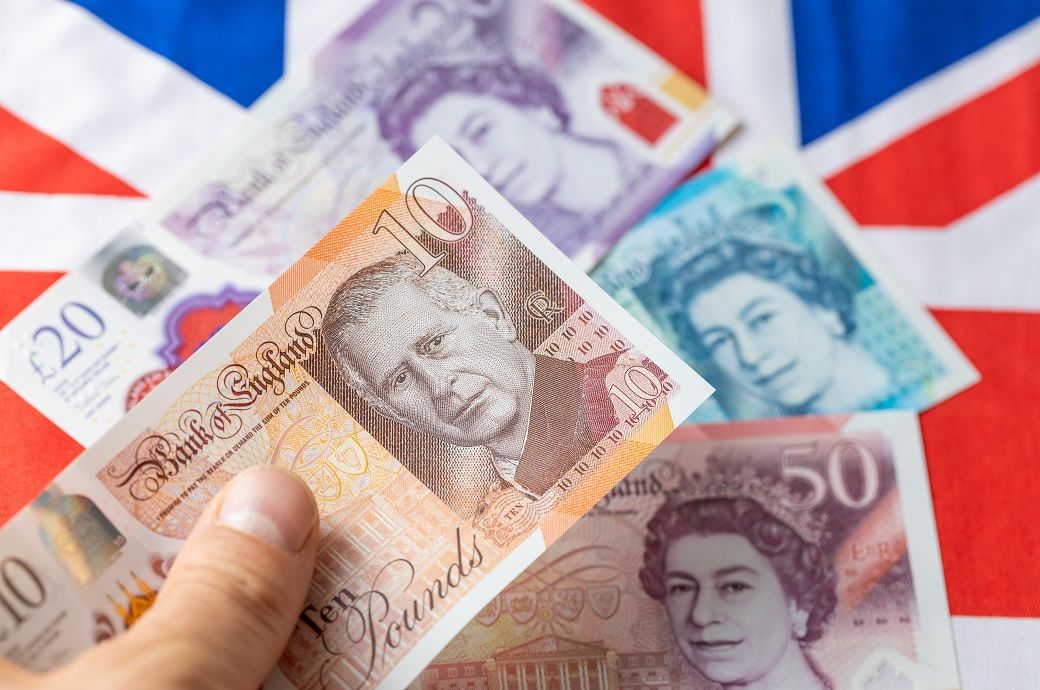
The rating agency said the government’s latest fiscal package is broadly in line with projections made when it affirmed the UK at ‘AA-’/Stable in August but said that the path to consolidation is becoming more challenging.
Fitch Ratings has deemed the budget marginally deflationary, sees debt rising above 106 per cent of GDP by 2027.
The agency said the UK budget broadly aligns with its August deficit projections but signals of rising implementation risks due to back-loaded tax measures and tight spending plans.
New taxes total £26 billion (~$34.37 billion) by FY29, while social spending rises further.
Fitch said the budget’s new tax measures represent £26 billion (~$34.37 billion), or 0.7 per cent of GDP, by fiscal 2029 (FY29), with threshold freezes contributing £8 billion (~$10.57 billion). New Office for Budget Responsibility (OBR) data show general government net borrowing projections 0.2 percentage points (pp) higher on average in 2026–2028 than in March, before falling 0.2 points in 2029, Fitch Ratings said in a release.
Fiscal data since summer remain broadly in line with Fitch’s forecast for the general government deficit to narrow by 0.6 pp in 2025 to 5.3 per cent of GDP and then to 4.4 per cent in 2027, around 0.7 points slower than the government’s new targets.
The agency highlighted material uncertainty around implementation, particularly given the challenging expenditure consolidation outlined in June’s Spending Review, which the budget largely preserves. Real-terms public-sector current spending growth has been tightened further in FY29 to zero, averaging 1.2 per cent in FY26–FY28 compared with 3.4 per cent in FY24–FY25.
Fitch noted that many tax measures are highly back-loaded, coming into effect closer to mid-2029, the latest possible timing of the next general election. A large portion of the tax plan also consists of numerous smaller measures, making the overall impact less transparent than the broader income tax rise the government signalled before the budget. Options to raise further revenue are politically constrained by 2024 election pledges not to increase personal income tax, VAT or National Insurance.
Still, Fitch said Chancellor Rachel Reeves is demonstrating firmer commitment to the fiscal rule than recent predecessors. Last year’s decision to shorten the rolling forecast horizon from five to three years from 2026 has reduced the scope to delay real fiscal adjustment. Aligning fiscal plans more closely with three-year spending reviews also makes it harder to rely on unrealistic spending cuts to fill fiscal gaps.
Budget headroom has increased from £12 billion to £22 billion, around 0.6 per cent of GDP, but Fitch said this remains limited and constrains efforts to improve policy predictability.
Revenue projections have been reshaped by a £16 billion downgrade in expected tax receipts due to lower OBR productivity assumptions, reducing average GDP growth in 2026–2029 by 0.3 pp to 1.5 per cent. Upward revisions to inflation and wage growth more than offset this decline. The OBR’s updated medium-term GDP growth outlook is now closer to Fitch’s trend estimate of 1.4 per cent, of which total factor productivity contributes only 0.3 points.
Although sustained high nominal gilt yields represent a significant fiscal risk, the UK’s long average debt maturity of 13.7 years helps contain projected debt-interest requirements, which Fitch expects to rise modestly to 7.4 per cent of revenue in 2027 from 7 per cent in 2024.
Fitch projects modest GDP outperformance in the near term compared with its August forecast of 1.2 per cent for 2025, although a weakening labour market poses a small downside risk to its 1.2 per cent projection for 2026. The agency judges the budget as marginally deflationary and expects inflation to fall to 2.4 per cent by end-2026.
Fibre2Fashion News Desk (HU)
Fashion
New Balance launches three new stores in Bengaluru, India
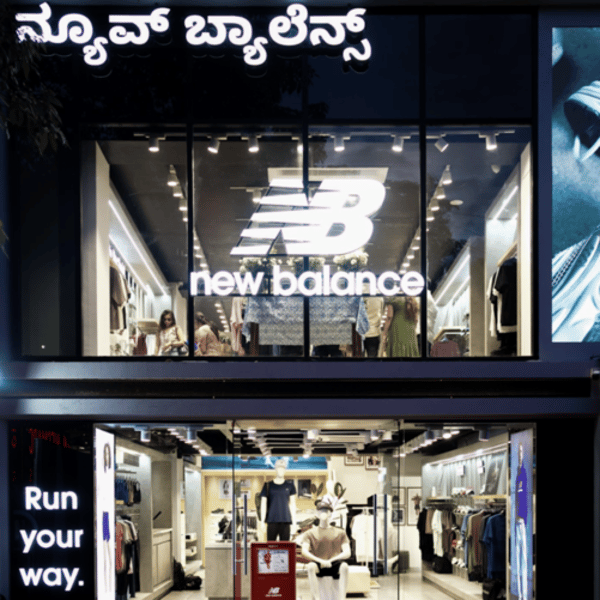
Published
December 1, 2025
Global athletic brand New Balance has expanded its brick-and-mortar footprint in the Bengaluru metro area and opened its doors at three new locations: Indiranagar, HSR, and Forum South Bengaluru.
“We are excited to deepen our presence in Bengaluru- with our stores at Brigade Road, Indiranagar, Forum Mall, and HSR, anchoring us in a city that embodies innovation, culture, and an unwavering passion for fitness,” said New Balance India’s country manager Radeshwer Davar in a press release. “This weekend’s in-store experience and community run allowed us to bring New Balance’s philosophy to life while reinforcing our commitment to building inclusive fitness communities and we want to thank the people of Bengaluru who turned up in great spirit.”
Highlighting its long-term commitment to the Indian market, the new outlets are designed to offer an immersive retail environment and mix craftsmanship with technology. New Balance held an exclusive in-store event at its Indiranagar store, featuring an interactive brand showcase of both footwear and apparel. The New Balance Run Club also put on a community run which saw participation from over 200 individuals.
“Over the past year, we’ve more than doubled our retail footprint in India, and these three new stores are a strong testament to that momentum,” said Davar. “For us, it’s not just about expanding retail locations- it’s about creating experiential centres that bring innovation, performance, and style together under one roof.”
Headquartered in Boston, US, New Balance has been independent since 1906 and employs 10,000 associates worldwide. The business reported a global sales total of 7.8 billion dollars in 2024 and counts five athletic footwear factories in New England, US and one in Flimby, UK.
Copyright © 2025 FashionNetwork.com All rights reserved.
Fashion
U.S. Black Friday online sales hit record $11.8 billion, Adobe reports
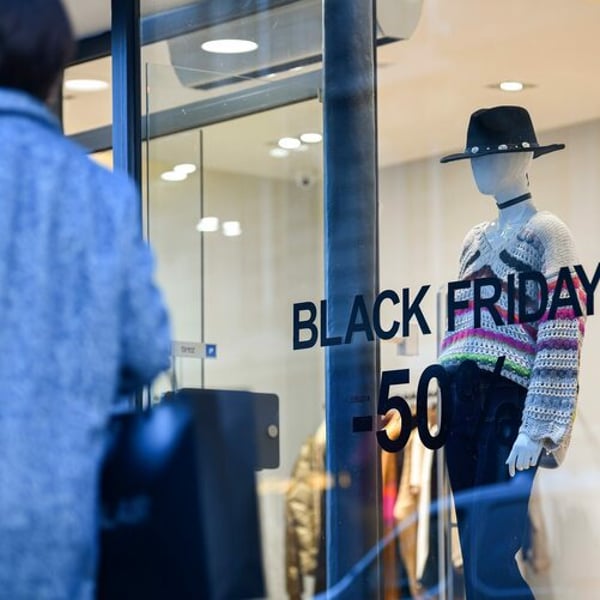
By
Reuters
Published
December 1, 2025
American shoppers spent a record $11.8 billion online on Black Friday, up 9.1% from last year, final data from Adobe Analytics showed.
Adobe Analytics, which tracks over 1 trillion U.S. retail site visits, expects shoppers to spend $5.5 billion on Saturday and $5.9 billion on Sunday, up 3.8% and 5.4% from a year earlier respectively.
Separately, software firm Salesforce reported that American consumers had spent $18 billion on Black Friday purchases, up 3% from a year ago, with luxury apparel and accessories among the most popular categories.
Although U.S. consumers spent more this Black Friday compared to last year, price increases hampered online demand, according to Salesforce, with shoppers purchasing fewer items at checkout compared to last year.
At physical stores, the bargain-chasing was relatively subdued on post-Thanksgiving morning, with some shoppers saying they feared overspending amid persistent inflation, trade policy-driven uncertainty, and a soft labor market.
Cyber Monday, traditionally a big day for online deals, is expected to be the season’s biggest online shopping day again, Adobe projects, driving $14.2 billion in spending, up 6.3% from last year.
© Thomson Reuters 2025 All rights reserved.
-

 Sports1 week ago
Sports1 week agoWATCH: Ronaldo scores spectacular bicycle kick
-

 Entertainment1 week ago
Entertainment1 week agoWelcome to Derry’ episode 5 delivers shocking twist
-

 Politics1 week ago
Politics1 week agoWashington and Kyiv Stress Any Peace Deal Must Fully Respect Ukraine’s Sovereignty
-

 Business1 week ago
Business1 week agoKey economic data and trends that will shape Rachel Reeves’ Budget
-

 Politics1 week ago
Politics1 week ago53,000 Sikhs vote in Ottawa Khalistan Referendum amid Carney-Modi trade talks scrutiny
-

 Tech6 days ago
Tech6 days agoWake Up—the Best Black Friday Mattress Sales Are Here
-

 Fashion1 week ago
Fashion1 week agoCanada’s Lululemon unveils team Canada kit for Milano Cortina 2026
-

 Tech1 day ago
Tech1 day agoGet Your Steps In From Your Home Office With This Walking Pad—On Sale This Week








